Korean architectural tradition is dead, a fact to which any modern Korean city like Seoul will attest. Homogeneous growths of board-approved steel and concrete stretch high into the urban smog over a landscape where once-widespread wooden temples, pavilions, and courtyard dwellings have either been razed completely or herded into museum-like national parks and restored under the veneer of cultural tourism. The hanok (한옥), a century ago the mainstay of Korean private architecture and primary form of multi-generational family home structure, has been relegated to the dusty pages of history, its versatile multi-structure, open-air design; attractive tiled roofs; and economical insulation systems never to venture again beyond the walls of publicly funded educational attractions and UNESCO World Heritage sites.
Or has it?
Not so fast. Here are just five ways that Korean traditional architecture, despite being beleaguered on all sides by international engagement and the design influences that inevitably follow, has not yet gone gently into that good night.
1. The Vestibule
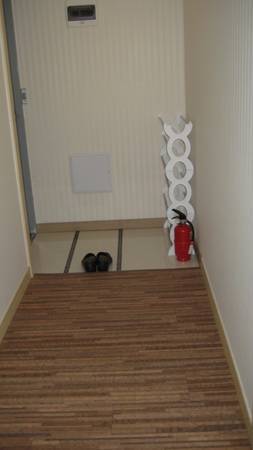
In my experience, the entrance of most (I’d say “all” if the term didn’t make my science bone hurt) Korean residences (as well as many restaurants, private schoolrooms, and some offices) begin with a depressed vestibule in which one is expected to remove her or his shoes before stepping up about ten centimeters to the main floor. While not quite the 기단 (基壇) that kept rainwater out of a traditional Korean house [1], the slight difference in intent behind this unique design feature might be forgiven in a twenty-sixth-floor apartment.
2. The Veranda
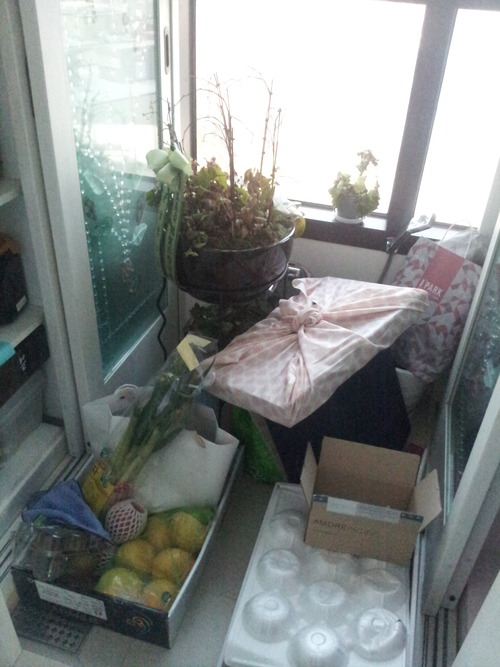
Most Korean apartments have one or more screened-in verandas, usually attached to or near the kitchen. A characteristic not seen so consistently in their foreign counterparts, they are generally too large and built in to be considered a balcony, but also not large enough to be considered a proper room. As they tend to be more well lit and exposed to external temperatures than the rest of the house, they provide a handy place for storing foods in the winter—-apples, onions, sweet potatoes—-or drying them in the summer—-persimmons, peppers. They also serve as a favored spot for hanging laundry or even keeping the washing machine, which might otherwise be in the kitchen or bathroom. In a traditional house, these purposes of the veranda might be better served by one of the many porch-like maru (마루) surrounding the traditional hanok, or just the outdoor courtyard itself.
3. The Anbang
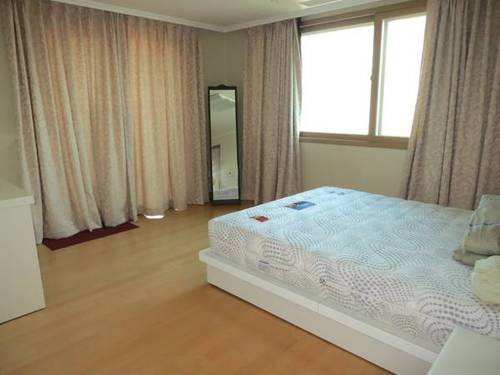
What many English speakers might call the “master bedroom” is still called the “anbang (안방),” or “inner room,” in Korean apartments today. The holdover of this traditional term to describe a home’s largest bedroom—usually for a couple—is somewhat perplexing, as used in the context of a hanok it refers to an often separate structure used exclusively by the woman (alpha female, if you will) of the house.
4. The Underfloor Ondol System
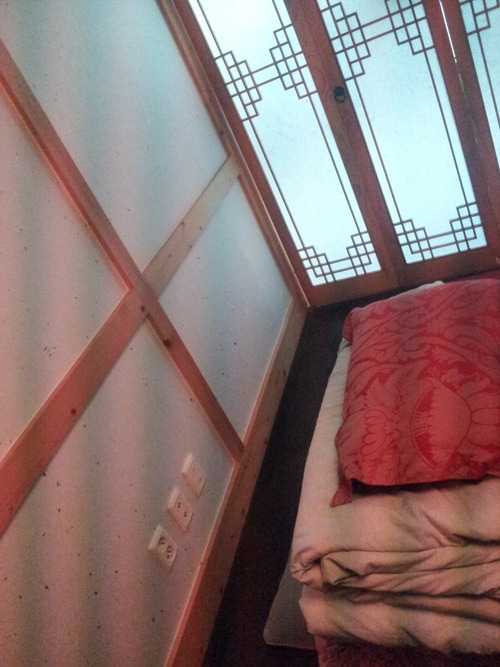
Ah, my favorite aspect of Korean apartment life. The typical Korean ondol (heating) system is a glorious setup in which steam-generated heat radiates from the floor in a soft glow of delicious warmth that layers a new dimension of luxury onto the winter afternoon catnap. Despite providing seemingly more advanced results than the American approach of pumping dry, smelly air into the house until it’s sweltering hot, this form of temperature control can be traced back to the Goryeo (고려) period (932-1392) [2]. Historically, however, the concept of heated floors hasn’t been limited to Korean architecture, as a similar “hypocaust” (literally, “under burnt”) system was also used by the ancient Romans [3] [4]. Western comrades, where did we go wrong?
5. Layered Sliding Windows and Doors
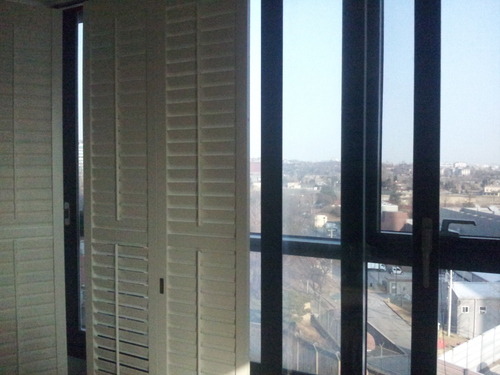
One thing that I haven’t been able to get used to in the Korean apartment is the ubiquity of sliding, often floor-length, windows and doors, which harken back to the days when entire walls were made of paper and could slide away to open a house to good weather. Where many American windows open on hinges, most Korean ones seem to be on sliders. And where American houses might use blinds or drapes to obscure the inside from out, some Korean apartments use an extra layer—sometimes even two—of frosted windows or doors, something that I have never seen anywhere else. Add that to another layer of just screens, and you can see why opening up a room for some fresh air might sometimes be a challenge of almost comical brain-teaser proportions.
Despite this scattering of features that make even the modern apartments here uniquely Korean, it is an undeniable fact that the traditional architecture is on the way out as people increasingly make their homes in densely packed cities (see our feature on Korean apartment life for a taste of just how packed they get). Luckily, Korea has some great resources for keeping its history alive. To read more about Korean traditional architecture, check out the excellent introduction on Korea’s official tourism website here [5]. And to explore some structures yourself, take a trip to one of Korea’s many traditional villages, including Bukchon Hanok Village [6], Namsangol Hanok Village [7], and the Korean Folk Village in Yongin [8] outside of Seoul, or Hahoe and Yangdong Villages in Andong and Gyeongju, respectively [9].
You may want to revisit some of your terminology. An atrium is a large high-ceilinged room (often open to the air) or a courtyard. Your #1 would be better described as a foyer, entrance hall or vestibule.
ReplyDeleteThanks, Derek! You're right about that; my mind must have been on blood circulation through the heart.^^
ReplyDeleteThere are certainly a lot of details like that to take into consideration. That is a great point to bring up. I offer the thoughts above as general inspiration but clearly there are questions like the one you bring up where the most important thing will be working in honest good faith. I don?t know if best practices have emerged around things like that, but I am sure that your job is clearly identified as a fair game. Both boys and girls feel the impact of just a moment’s pleasure, for the rest of their lives.
ReplyDeleteI seen a wordpress theme on www.nuttythemes.com which will look a lot better on your site. At the moment this theme doesn’t make your website look that good in my opinion. Please correct me if I’m wrong.. what do you think?
ReplyDeleteO3bcjF rtqqihtegqzp, [url=http://igdqbcnxhyev.com/]igdqbcnxhyev[/url], [link=http://mtadpfsjgfxj.com/]mtadpfsjgfxj[/link], http://ybywuwpelopa.com/
ReplyDelete